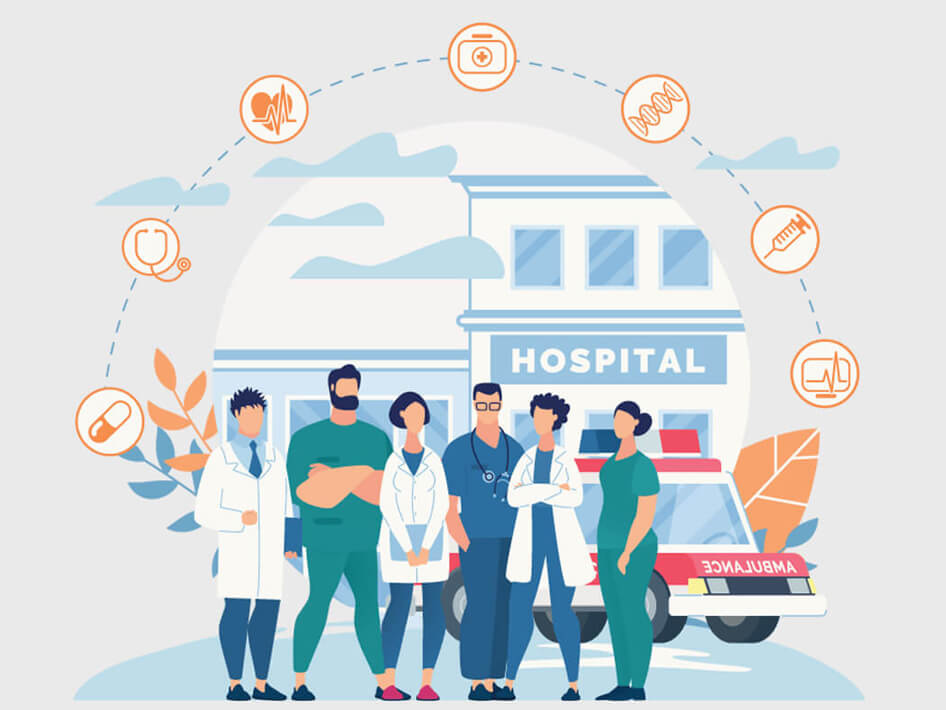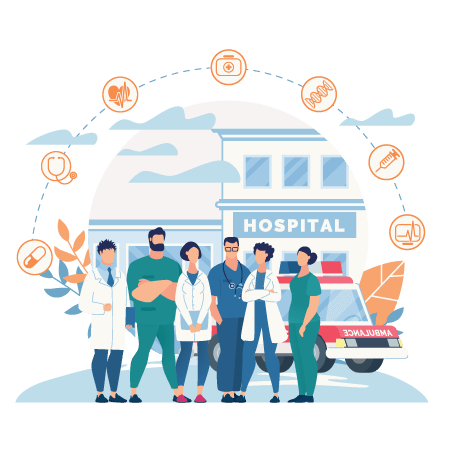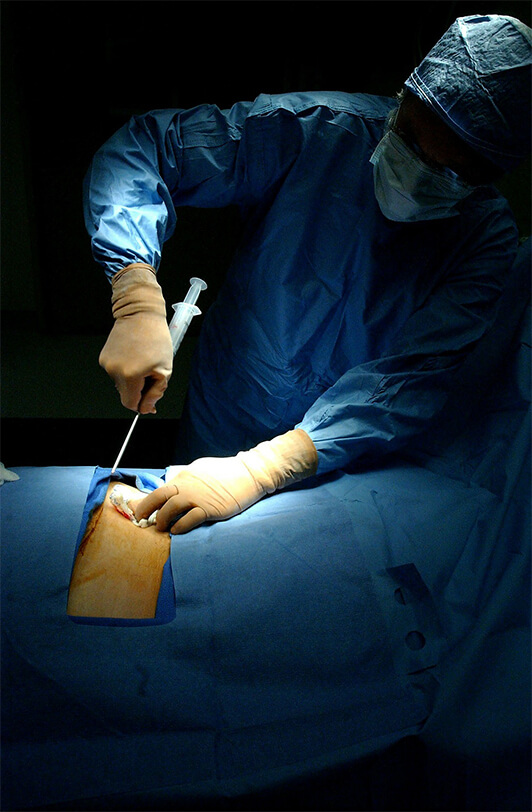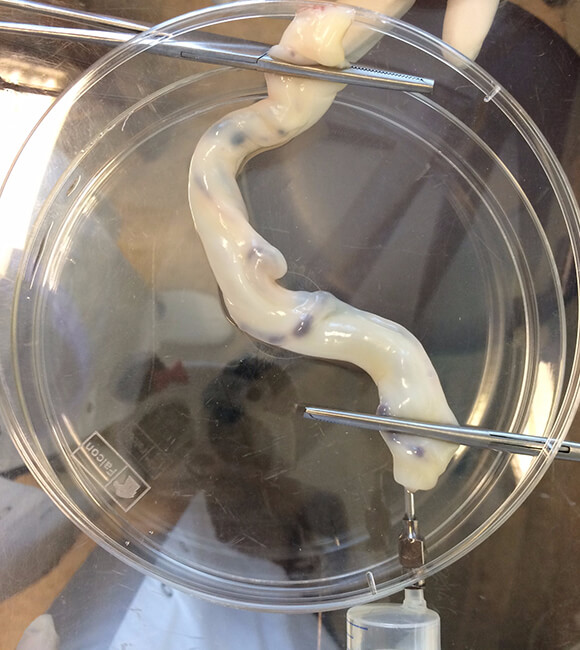Cell Therapeutics
Tools for Cell Therapeutics
Based on extensive experience with primary human cells, Curio Biotech has developed novel methodologies and tools to address the problems being encountered with the expansion of cells needed in therapeutic applications.

Clinical
Cell Therapy Solutions

Based on extensive experience with primary human cells, Curio Biotech is developing novel methodologies and tools to address the problems being encountered with the expansion of cells needed in therapeutic applications.
- Ex vivo expansion studies require more specialized techniques right from isolation of pure cell populations from samples made available by the donor. These must then be expanded ex vivo to achieve a sufficient number of cells or ancillary cell products before infusing back to the donor or recipient.
- It is not only the scalability of the cells that is relevant, but most importantly maintaining the cellular functions in a naïve state by expanding them in a physiological environment that closely mimics the in vivo.
- Stem cells are rare and do not proliferate as most other cell types, hence represent a challenge in order to achieve enough cells.
- For this purpose, we have studied the biology of particular cell types and their in vivo environment, the current literature on methodologies.
- We have developed simplified methodologies and unique tools while minimizing the costs. All such standardized and detailed methodologies can readily be translated into GMP cell facilities.

Haematopoietic stem cells
- The first allogeneic stem cell transplantation was performed by E. Donnall Thomas in 1957, Director Emeritus of the Clinical Research Division at the Fred Hutchinson Cancer Research Center, Seattle, USA.
- Since then the field has evolved and expanded worldwide and this approach has been applied to several life devastating disease indications like cancer, autoimmune diseases and neurological disorders.
- Through specific procedures, Bone marrow derived stem cells are mobilized and collected from the donor blood.
- Pure stem cells are isolated and expanded in cell processing GMP labs and can then be re-introduced in the patient.
Umbilical cord stem cells
- The human Placental Umbilical Cord can serve as a rich source for stem cells.
- Both umbilical cord blood and tissue contain many stem cells that are now being used for many indications for patients who do not have a matched donor in their family or in the unrelated registry because the cells from the newborn baby are immunologically more naïve.
- There is less risk of the immune-mediated complication of graft-versus-host disease after umbilical cord blood transplantation (UCBT).
- UCBT has been used in an effort to treat neurologic diseases such as autism, cerebral palsy, hypoxic ischemic encephalopathy, and traumatic brain injury. Tissue derived Mesenchymal stem cells are also becoming a new subject of attention with several Clinical Trails registered for different indications.





